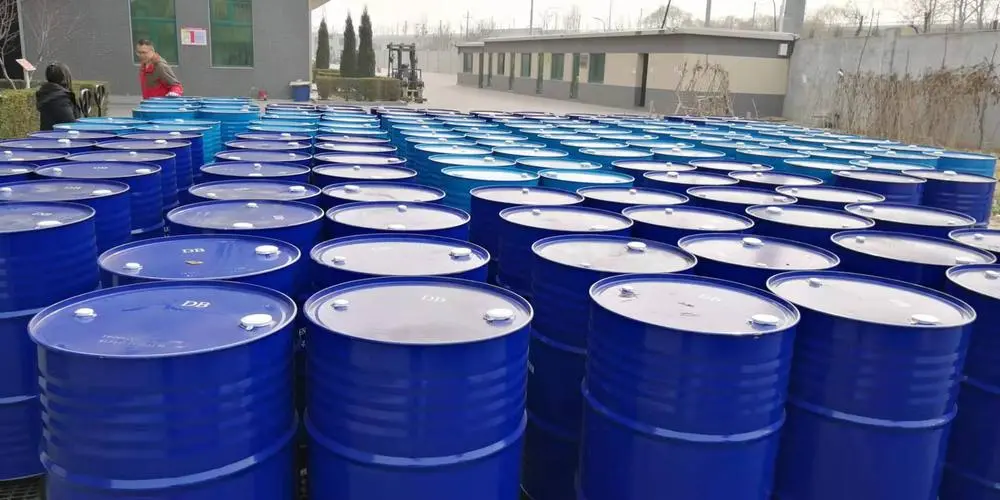İzopropanolÇözücüler, kauçuklar, yapıştırıcılar ve diğerleri gibi çeşitli endüstrilerde yaygın olarak kullanılan renksiz, yanıcı bir sıvıdır. İzopropanol üretmenin temel yöntemlerinden biri asetonun hidrojenlenmesidir. Bu yazıda, bu süreci daha derinlemesine inceleyeceğiz.
Asetonun izopropanole dönüşümünün ilk adımı hidrojenasyondur. Bu, asetonun bir katalizör varlığında hidrojen gazıyla reaksiyona sokulmasıyla gerçekleştirilir. Bu işlemin reaksiyon denklemi şöyledir:
2CH3C(O)CH3 + 3H2 -> 2CH3CHOHCH3
Bu reaksiyonda kullanılan katalizör genellikle paladyum veya platin gibi soy bir metaldir. Katalizör kullanmanın avantajı, reaksiyonun ilerlemesi için gereken aktivasyon enerjisini düşürerek verimliliğini artırmasıdır.
Hidrojenasyon adımından sonra ortaya çıkan ürün, izopropanol ve su karışımıdır. İşlemin bir sonraki adımı, iki bileşenin ayrılmasını içerir. Bu genellikle damıtma yöntemleri kullanılarak yapılır. Su ve izopropanolün kaynama noktaları birbirine nispeten yakındır, ancak bir dizi kesirli damıtma yoluyla etkili bir şekilde ayrılabilirler.
Su uzaklaştırıldıktan sonra elde edilen ürün saf izopropanoldür. Ancak, çeşitli uygulamalarda kullanılmadan önce, kalan safsızlıkların giderilmesi için dehidrasyon veya hidrojenasyon gibi ileri saflaştırma adımlarından geçmesi gerekebilir.
Asetondan izopropanol üretme süreci üç ana adımdan oluşur: hidrojenasyon, ayırma ve saflaştırma. Her adım, nihai ürünün istenen saflık ve kalite standartlarını karşılamasında önemli bir rol oynar.
Artık izopropanolün asetondan nasıl üretildiğini daha iyi anladığınıza göre, bu kimyasal dönüşüm sürecinin karmaşık yapısını anlayabilirsiniz. Bu süreç, yüksek kaliteli izopropanol elde etmek için hem fiziksel hem de kimyasal reaksiyonların kontrollü bir şekilde gerçekleşmesini gerektirir. Ayrıca, paladyum veya platin gibi katalizörlerin kullanımı, reaksiyonun verimliliğini artırmada önemli bir rol oynar.
Gönderim zamanı: 25 Ocak 2024





